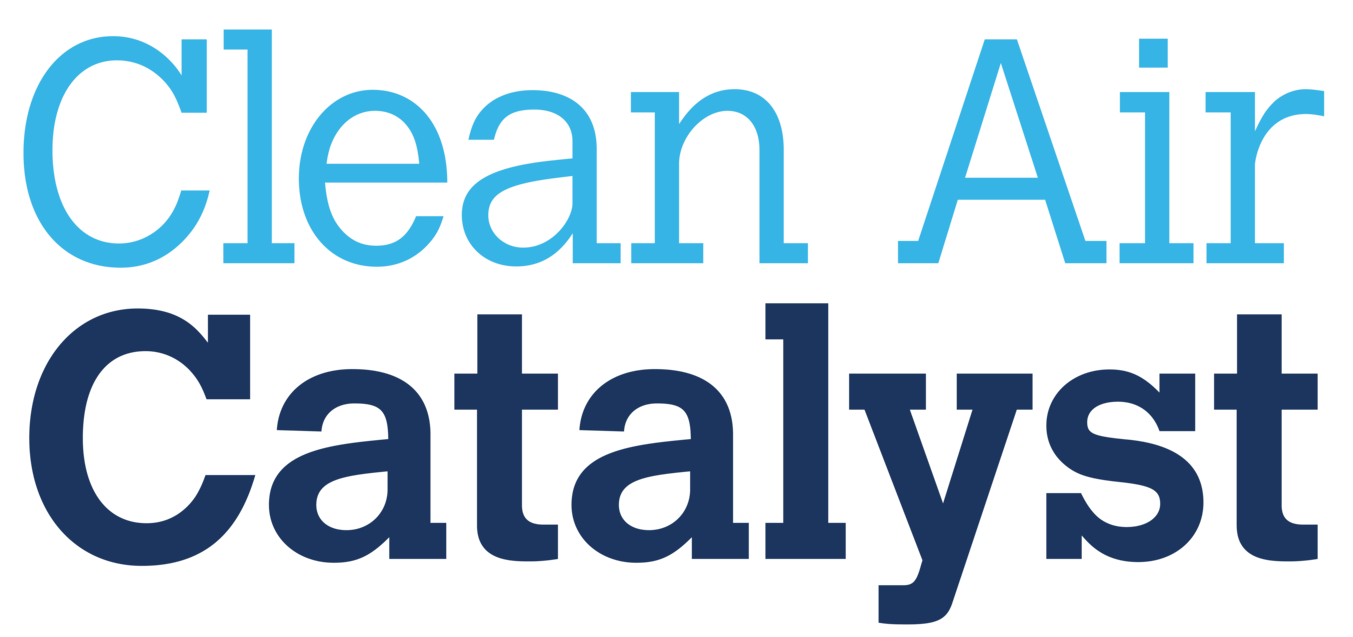Three Insights from the First Half of 2024 in Jakarta
Understanding Jakarta’s Air Quality
This blog presents the key findings from the Catalyst’s analysis of air quality data collected during the first half of 2024, from January to June. Through a combination of advanced monitoring techniques and data analysis, the Catalyst sheds light on critical patterns, including the rise in PM2.5 levels during the dry season and the trend of days exceeding air quality standards. These findings are pivotal in understanding the factors influencing Jakarta’s air quality and guiding efforts to mitigate pollution for the health and well-being of its citizens.
The Catalyst team employed several analytical approaches to examine the collected data, including monthly and daily averages of PM2.5 concentrations, comparisons with Indonesia’s Ambient Air Quality Standards (NAAQS), and visualizations in bar charts and calendars to highlight significant patterns. This comprehensive analysis is instrumental in understanding air pollution in Jakarta and developing targeted interventions for cleaner air.
1. Increase in PM2.5 during the Dry Season
PM2.5 concentrations at all locations show an increasing trend during the transition to the dry season, which typically occurs between May and October. This is generally due to reduced rainfall. The graph below shows that the average concentration in the first three months ranged from 18 to 32 μg/m3, while in April to June, it reached 36 to 57 μg/m3. The highest concentrations occurred in May, with three locations showing concentrations exceeding 50 μg/m3.
2. Rising Number of NAAQS Exceedance Unhealthy Days in Jakarta in May-June Period
Between May and June, Jakarta witnessed a marked increase in PM2.5 pollution, leading to a greater number of days exceeding the National Ambient Air Quality Standards (NAAQS) of 55 μg/m³. In May, Pulo Gebang recorded 16 days with PM2.5 concentrations surpassing this threshold, meaning that over 50% of the month was characterized by unhealthy air quality.
The monitoring results indeed revealed consistently high PM2.5 levels throughout May and June, with a significant spike noted in the last week of April. Several locations, including Pulo Gebang, Marunda, and Kebayoran Baru, experienced peak daily concentrations reaching 70 μg/m³. This alarming trend persisted into June, where daily PM2.5 concentrations remained mostly above 30 μg/m³.
As a result, the number of days categorized as "Unhealthy" based on the Air Pollution Standard Index (ISPU) increased noticeably starting in May. While some days in the previous months were classified as "Good," particularly in Kebon Sirih, such days became increasingly rare, and unhealthy air quality days rose significantly across the primary monitoring locations, except for Kebon Sirih.
3. No Significant Difference in PM2.5 Concentration Between Weekdays and Weekends
Concentrations of PM2.5 pollution remained consistent throughout the entire week, with no significant difference in the measurements between weekdays and weekends. In Pulo Gebang, Marunda, and Kebayoran Baru, concentrations ranged from 35-40 µg/m3, while in Kebon Sirih, they ranged from 25-30 µg/m3. Understanding the daily calculated PM2.5 concentration is crucial for promoting a more comprehensive and integrated plan. This plan focuses on raising awareness among people who will be active on that day, enabling them to equip themselves with adequate health tools and to make informed choices to mitigate the adverse effects of air pollution.
The minimal variation in PM2.5 levels between weekdays and weekends suggests that pollution sources are consistent throughout the week. This highlights the need for a detailed investigation into these emission sources. To address this, the Catalyst team is conducting an emission inventory and source apportionment analysis to identify and quantify contributions from different sectors. Additionally, the team is studying how weather patterns influence air quality in Jakarta.
Understanding the interplay of these factors is essential for all stakeholders, including the public. In our next blog series, we will explore these issues further.
Stay tuned for the next edition of #KenaliUdaraJakarta.






